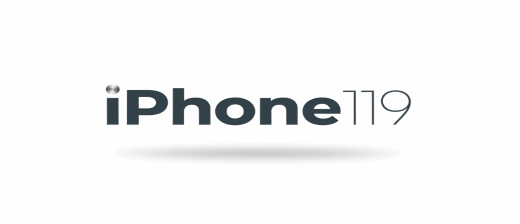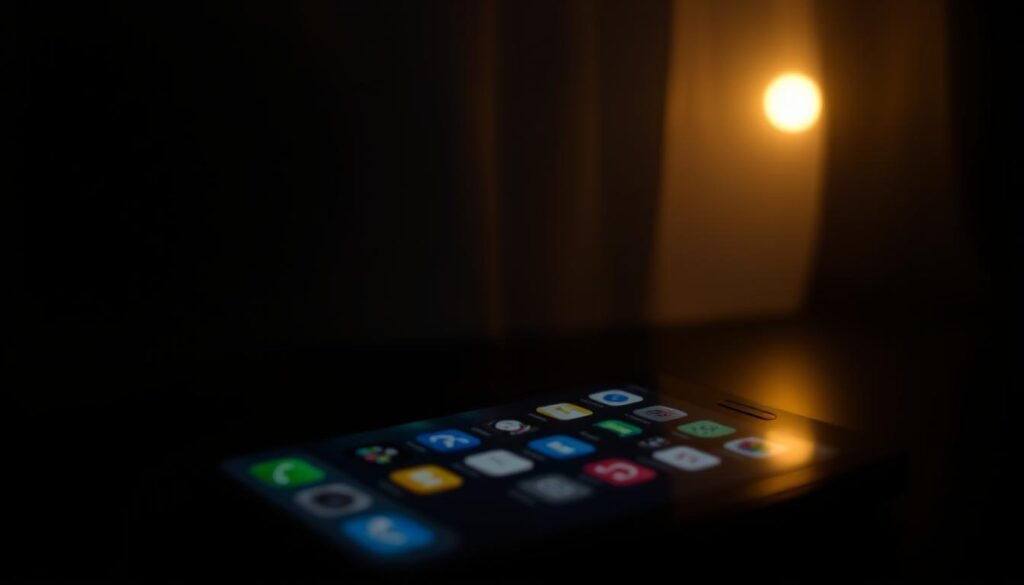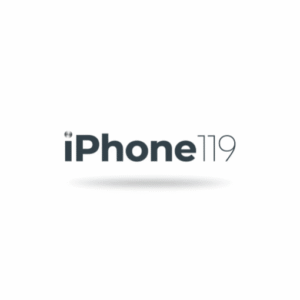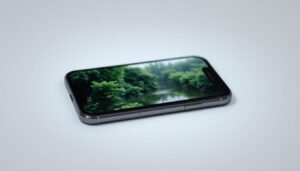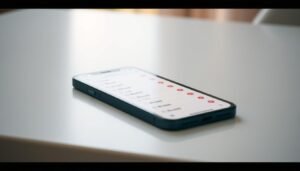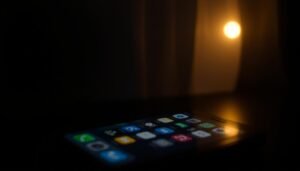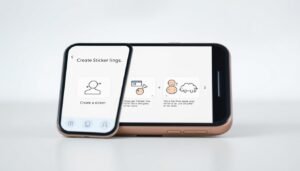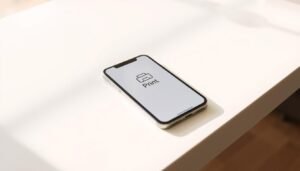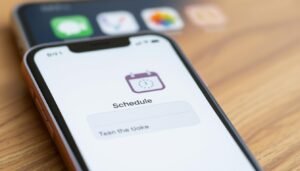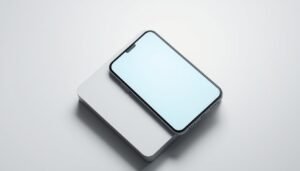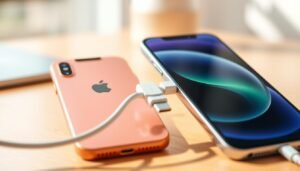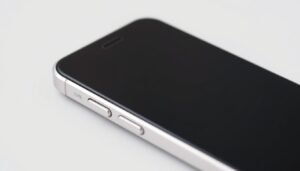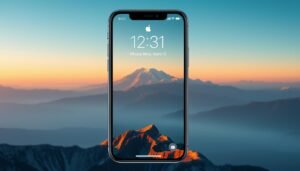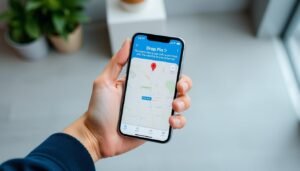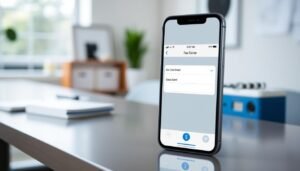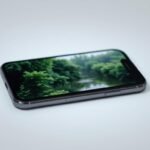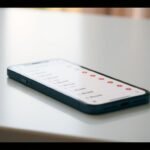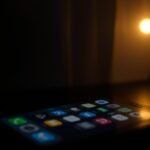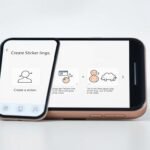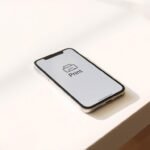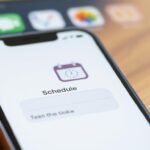Surprising fact: With iOS 18, Apple now moves some apps into a Hidden Apps folder that needs Face ID or a passcode for access — many people never knew this was possible.
I want to help you check my phone and feel confident about what lives on it. I explain why hidden apps matter now and what the Hidden Apps folder does in the app library.
Quickly: icons removed from the home screen can still be in the App Library or Spotlight search. I show where a full list lives in Settings > General > iPhone Storage, so you can audit every installed app.
I also cover purchases, hidden purchases, offloaded apps with a cloud icon, and Screen Time limits that may hide system titles. My focus is privacy and security while keeping your setup intact.
Key Takeaways
- The Hidden Apps folder in iOS 18 can require Face ID or a passcode for access.
- Removing an icon from the home screen does not delete the app; check the App Library.
- Use Settings > General > iPhone Storage for a complete app list.
- App Store Purchased and Hidden Purchases can restore missing titles.
- Screen Time and Content & Privacy rules may hide categories or system apps.
- Offloaded apps show a cloud icon and can be reinstalled without losing data.
- Keep privacy and security in mind when revealing or deleting hidden items.
Why I’m Looking for Hidden Apps on iPhone Right Now
A recent iOS update made me check my phone and learn what “hidden” truly means. I wanted clarity so I could protect my privacy and confirm what lives on my device.
What “hidden” covers across iOS versions:
- On iOS 18, long‑pressing an app and choosing Hide moves it into App Library > Hidden Apps. Viewing that folder needs Face ID or a passcode, and hidden items stop showing in search and notifications.
- From iOS 14 through 17, removing an icon from the home screen left the app in the App Library and Spotlight.
- Whole pages can be hidden with the page dots editor, and some people tuck items deep inside folders or folder pages.
- Screen Time content restrictions can remove categories or Apple titles from view, so I check those settings when something seems missing.
- On jailbroken devices an app may be concealed from every standard list, which raises real security concerns.
Bottom line: hidden does not equal deleted. Knowing which mechanism is at work guides the steps I take in Settings to restore visibility or secure an app.
How to find hidden apps on iPhone
My goal is a fast, reliable process that reveals any missing icon or title. I start with simple checks and move to stronger steps only if needed. This keeps my layout intact and avoids unnecessary resets.
Use App Library and the Hidden Apps folder
I open the App Library and tap the Hidden Apps folder, then authenticate with Face ID or my passcode. The library lists every installed app on my device, so it’s the first place I look.
Press and hold an app icon inside the library and choose Add to Home Screen to restore visibility.
Try Spotlight Search and Siri to open apps you can’t see
I swipe down on the home screen and type the app name into Spotlight search. If I know the name, this is the fastest way to launch an app that isn’t visible.
I also ask Siri to “Open [app name]” when typing is slow. Siri will open an installed app even if it’s hiding in a folder or the Hidden Apps folder.
Drag apps out of folders or add back to the Home Screen
Many icons live inside folders or folder pages. I open each folder and swipe inner pages, then drag the icon out to a Home Screen page.
In the App Library I press and hold an app and pick Add to Home Screen if I want a permanent icon.
Reset the Home Screen layout as a last resort
If nothing else works, I use Settings > General > Transfer or Reset iPhone > Reset > Reset Home Screen Layout. This restores the default layout but removes my custom folders, so I save it for the final step.
- My order: search and Siri first, then App Library, clear folders, finally reset layout.
- This approach uncovers items hidden by iOS features and those simply tucked away on my device.
Unhide apps by restoring hidden Home Screen pages
A quick page restore often returns many icons at once. At times entire home pages disappear, and restoring them brings back many missing icons at once.
What I do: I press and hold a blank area on the home screen until icons jiggle. Then I tap the row of page dots above the Dock. This opens the page thumbnail view where grayed‑out pages are unchecked.
Reveal grayed‑out pages with the page dots editor
I scan thumbnails and tap any faded panel to recheck it. After I tap Done, that page and its icons reappear on my home screen.
- I use this when several apps vanish at once because it usually means a page was hidden.
- I scroll through every thumbnail so I don’t miss a panel that holds folders or my most used shortcuts.
- Restoring a page does not change the App Library; it simply returns shortcuts to my home.
| Action | Where | Result |
|---|---|---|
| Enter jiggle mode | Home screen | Shows page dots and lets you edit panels |
| Tap page dots | Above Dock | Opens thumbnails; grayed items can be rechecked |
| Tap Done | Page editor | Restores page and app icons to the home |
Tip: I avoid Settings resets unless a page recovery fails. Resetting the layout removes folders, so I only use that as a last step.
Make apps visible in Search and Siri again
![]()
When Siri won’t suggest a title, I check Search settings right away. This often restores Spotlight results and lets voice commands open what’s installed on my device.
Enable app visibility in Settings > Search
I open Settings > Search, pick the exact app, and toggle on Show App in Search and Show Content in Search. These two switches control whether Spotlight can find an app by its name.
Undo per‑app “Show App in Search” and suggestions restrictions
I also enable suggestions so Siri can surface the app on my home screen or lock screen when it matches my routine or time of day.
- I check multiple apps because I might have disabled visibility one by one, which makes several titles feel missing.
- I say, “Open [app name],” to confirm the app launches — this proves the app remains installed on the device while I restore search visibility.
- These toggles are privacy‑centric, so I can fine‑tune content visibility without removing an icon from the home screen.
Find every installed app through Settings and App Store
My first stop is Settings because it lists every installed app and the space each one uses.
View the complete list in Settings > General > iPhone Storage. This list is the authoritative record on your device. I tap any entry to see storage, documents, and data so I can decide whether to keep or remove an application.
The App Library helps me restore shortcuts. I use the search bar there, press and hold a title, and pick Add to Home Screen for quick access.
For past downloads I open the App Store, tap my profile icon, then check Purchased and Hidden Purchases in my account. The listing shows an Open button when installed and a cloud icon for a previous download I can reinstall.
- I confirm installs via Settings, the App Library search, and App Store purchases.
- I review my Apple account and Family Sharing purchase settings if titles are grouped in a family profile.
“Using these three places—Settings, App Library, and the App Store—lets me be certain I haven’t missed anything.”
Reveal apps hidden with Screen Time restrictions
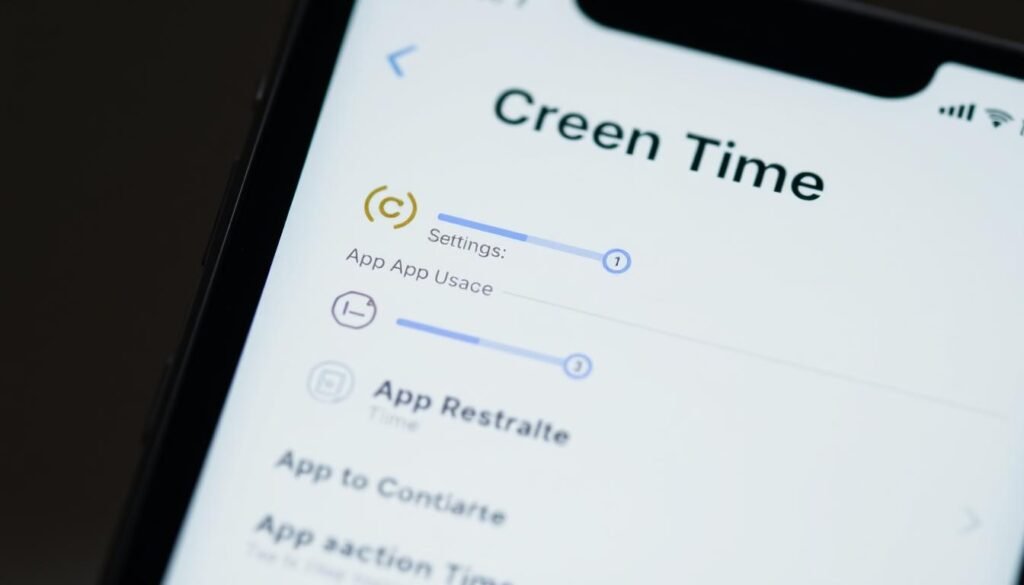
Screen Time often explains sudden disappearances. I start here because strict controls can remove entire categories without any sign on the home screen.
I go to Settings > Screen Time > Content & Privacy Restrictions and check Allowed Apps and age ratings. These controls are passcode‑protected, so you may need the Screen Time code to change them.
Allowed Apps and age ratings that hide categories
I tap Allowed Apps to re‑enable Apple titles like Safari, Mail, or FaceTime if they were disabled. A low age rating under Content Restrictions > Apps can also remove many third‑party apps from both the App Library and the home screen.
Turn off or adjust Content & Privacy Restrictions
I sometimes toggle Content & Privacy Restrictions off briefly to test whether limits cause missing items. If visibility returns, I adjust settings slowly so privacy controls remain in place while restoring access.
- I verify the Screen Time passcode before making changes, or reset it if necessary.
- I restore visibility one setting at a time so I don’t weaken protections unintentionally.
manage Screen Time settings when you need a systematic check of restrictions and app visibility on your device.
Clean up or remove hidden apps safely
A quick cleanup keeps my home screen tidy and makes essential tools easier to reach. I take steps that prevent accidental loss while trimming what I no longer use.
Delete from the Home Screen, App Library, or iPhone Storage. I pick the method that matches how an app sits on my device and how sure I am about removing it.
Delete from Home Screen, App Library, or iPhone Storage
On the home screen I press and hold the icon, choose Remove App, then tap Delete App when I want the app gone for good.
In the app library I long‑press a title and use the Delete App button for apps that no longer appear on any page.
For a full view I open Settings > General > iPhone Storage, tap an app in the list, and pick Delete App after checking its size and documents.
Recognize offloaded apps and reinstall when needed
Offloaded items show a cloud icon. Tapping that cloud in Spotlight or the App Store will download the app again.
When available, my data and settings return after a download. I check purchases in the store first if I’m unsure how easy a reinstall will be.
- I pace myself so I don’t remove essential tools by accident.
- I reinstall apps I still need and trim the rest to cut clutter in the app library and on the home screen.
- I spend a little time now cleaning up; it saves time later when I need the right tool fast.
Conclusion
, I wrap up with a quick checklist that keeps my phone tidy and secure.
I use Spotlight and Siri for fast opens, the App Library search for exact matches, and I check the iOS 18 Hidden Apps folder when Face ID or a passcode blocks visibility. If a whole page vanishes, I restore it with the page dots editor before I assume an item is gone.
Settings > General > iPhone Storage shows every installed app, and the App Store Purchased list plus the cloud icon help me reinstall lost titles. I also review Screen Time rules when apps still won’t appear.
These simple ways let me keep a tidy home screen while balancing privacy and security, saving me time when I need a specific app fast.
